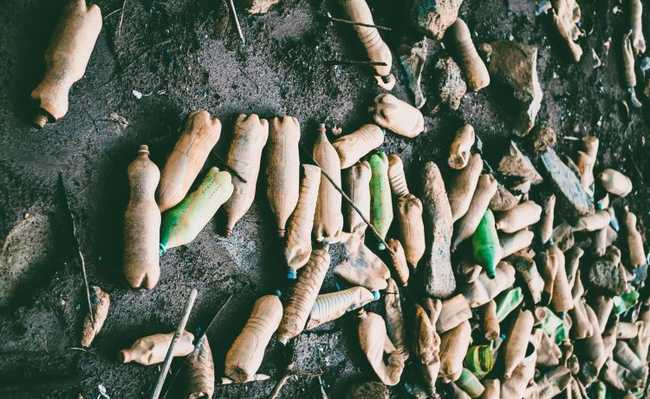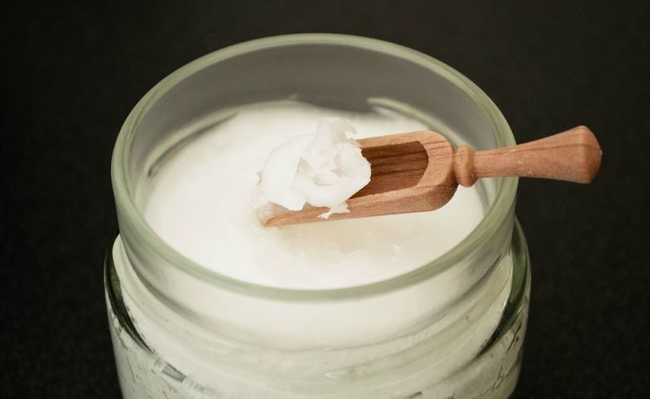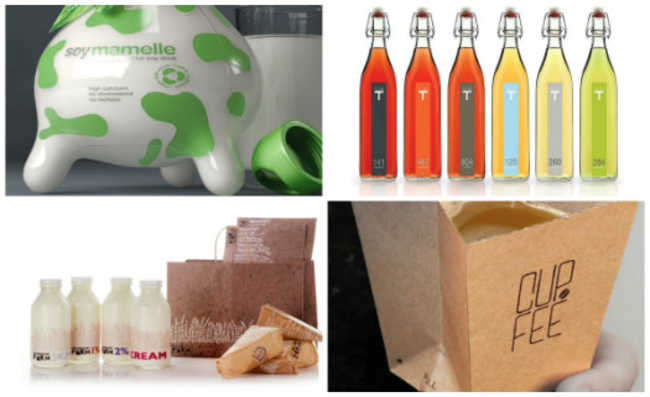Sustainable alternatives to disposable absorbent
Discover different types of collectors and absorbents that will give you a menstrual period with less environmental impacts

Using disposable absorbents during the menstrual period pollutes the environment, as some of the raw materials are not easily recyclable - see more in "Disposable absorbents: history, environmental impacts and alternatives". Have you ever stopped to think that a person who uses, on average, 20 pads in each menstrual period will use about 9,600 of these items throughout his life? The financial expense is great in addition to the environmental impacts.
- What is menstruation?
You can maintain practicality while saving money and avoiding overcrowding dumps and landfills with disposable absorbents that are difficult to recycle. Check out the most common alternatives and see if any of them are good for you!
menstrual collector

The menstrual collector is a hypoallergenic (non-allergenic) silicone cup that is used to collect menstrual blood. It can be used for an average of 8 hours at a time, depending on the intensity of the flow, and then it is necessary to empty and clean it with soap and water - at the end of the cycle just boil the collector in water (with an agate pan for this purpose) for five minutes. It is recommended that, before the first use, the cup is sterilized in water, boiling for three minutes (in the same agate pan).
The collectors are reusable for two or three years and do not contain dioxin or rayon and are easy to maintain.Learn how to put the menstrual cup on in the video.
Panties with absorbent layer
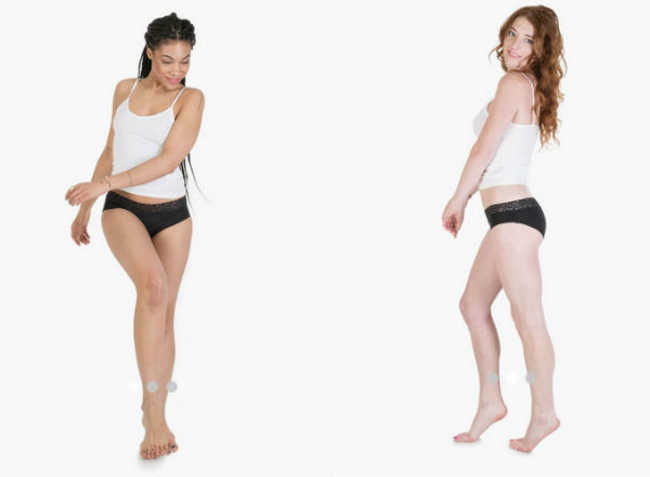
The panties are designed for people who feel uncomfortable using tampons or for those who don't want to be caught by surprise. The lining has four layers that ensure the skin stays dry. The layers also kill germs and bacteria, retain menstrual fluid and prevent leakage. The model of panties to be used varies with the amount of flow - the largest of them can support the same as two absorbents, according to manufacturers. Depending on the flow and the model of the panties, some people may wear the same garment for an entire day.
They are reusable and, after use, it is recommended to rinse the piece, wash it in the machine with cold water and leave it hanging to dry.
organic absorbent
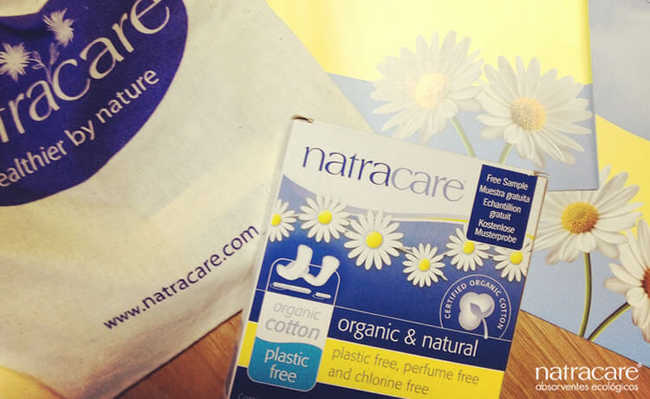
For those who do not like the "differences" absorbent models, but are still concerned about the environment, a good alternative are organic absorbents, which in addition to being biodegradable are also hypoallergenic. Natracare brand organic absorbent is composed of a biodegradable outer film of cornstarch, 100% organic cotton coating, cellulose fibers, glycerin, rose extracts, chamomile and organic marigolds. Natracare absorbents are not tested on animals and are packaged in 100% recycled thin paper boxes and envelopes.
menstrual sponges

The use of marine sponges during the menstrual period is not very common in Brazil, but there are already some adherents around the world. Although the sponge is a great absorbent and fits the vaginal space perfectly, there is controversy regarding the product's safety (see more in "Adapted, natural sponges work as feminine absorbents. Is the option safe?").
cloth absorbent

Cloth absorbents are reusable and made from 100% cotton, which helps the skin to breathe. They can last up to five years and the idea is that they are washed and reused (as before).




